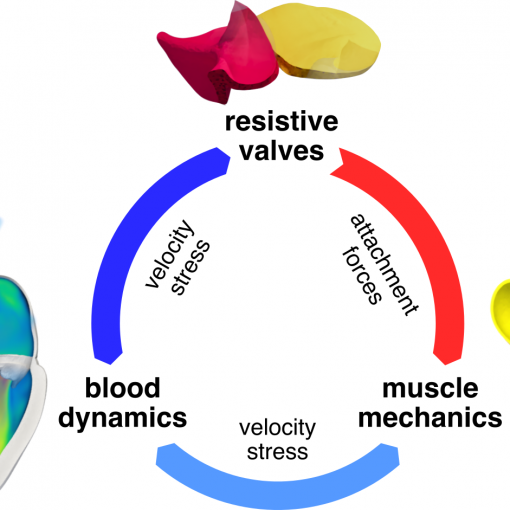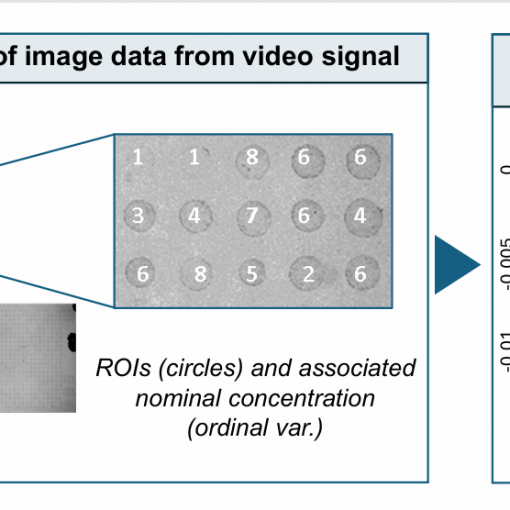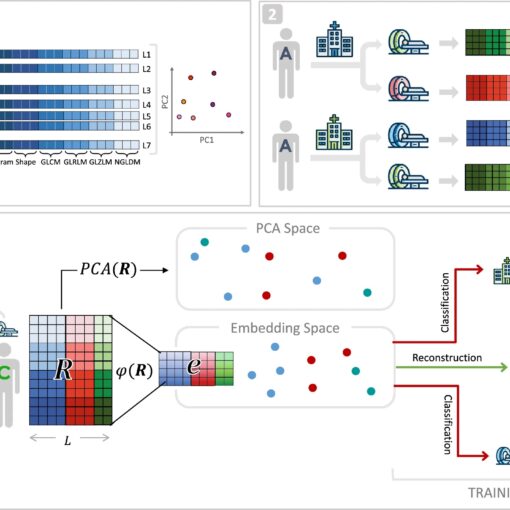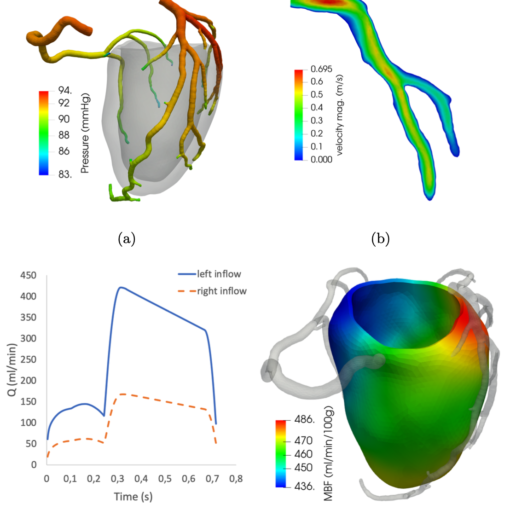A new MOX Report entitled “Patient-specific prediction of glioblastoma growth via reduced order modeling and neural networks” by Cerrone, D.; Riccobelli, D.; Vitullo, P.; Ballarin, F.; Falco, J.; Acerbi, F.; Manzoni, A.; Zunino, P.; Ciarletta, P. has appeared in the MOX Report Collection. Check it out here: https://www.mate.polimi.it/biblioteca/add/qmox/104-2024.pdf Abstract: Glioblastoma (GBL) is one of the deadliest brain cancers in adults. The GBL cells invade the physical structures within the brain extracellular environment with patient-specific features. In this work, we propose a proof-of-concept for mathematical framework of precision oncology enabling rapid parameter estimation from neuroimaging data in clinical settings. The proposed diffuse interface model of GBL growth is informed by neuroimaging data, periodically collected in a clinical study from diagnosis to surgery and adjuvant treatment. We build a robust and efficient computational pipeline to aid clinical decision-making based on integrating model reduction techniques and neural networks. Patient specificity is captured through the segmentation of the magnetic resonance imaging into a computational replica of the patient brain, mimicking the brain microstructure by incorporating also the diffusion tensor imaging data. The full order model (FOM) is first discretized using the finite element method and later approximated by a reduced order model (ROM) adopting proper orthogonal decomposition (POD). Trained by clinical data, we finally use neural networks to map the parameter space of GBL evolution over time and to predict the patient-specific model parameters from the observed clinical evolution of the tumor mass.
You may also like
A new MOX Report entitled “Coupling models of resistive valves to muscle mechanics in cardiac fluid-structure interaction simulations” by Bucelli, M.; Dede’, […]
A new MOX Report entitled “Functional-Ordinal Canonical Correlation Analysis With Application to Data from Optical Sensors” by Patanè, G.; Nicolussi, F.; Krauth, […]
A new MOX Report entitled “Dual adversarial deconfounding autoencoder for joint batch-effects removal from multi-center and multi-scanner radiomics data” by Cavinato, L.; […]
A new MOX Report entitled “Personalized pressure conditions and calibration for a predictive computational model of coronary and myocardial blood flow” by […]





